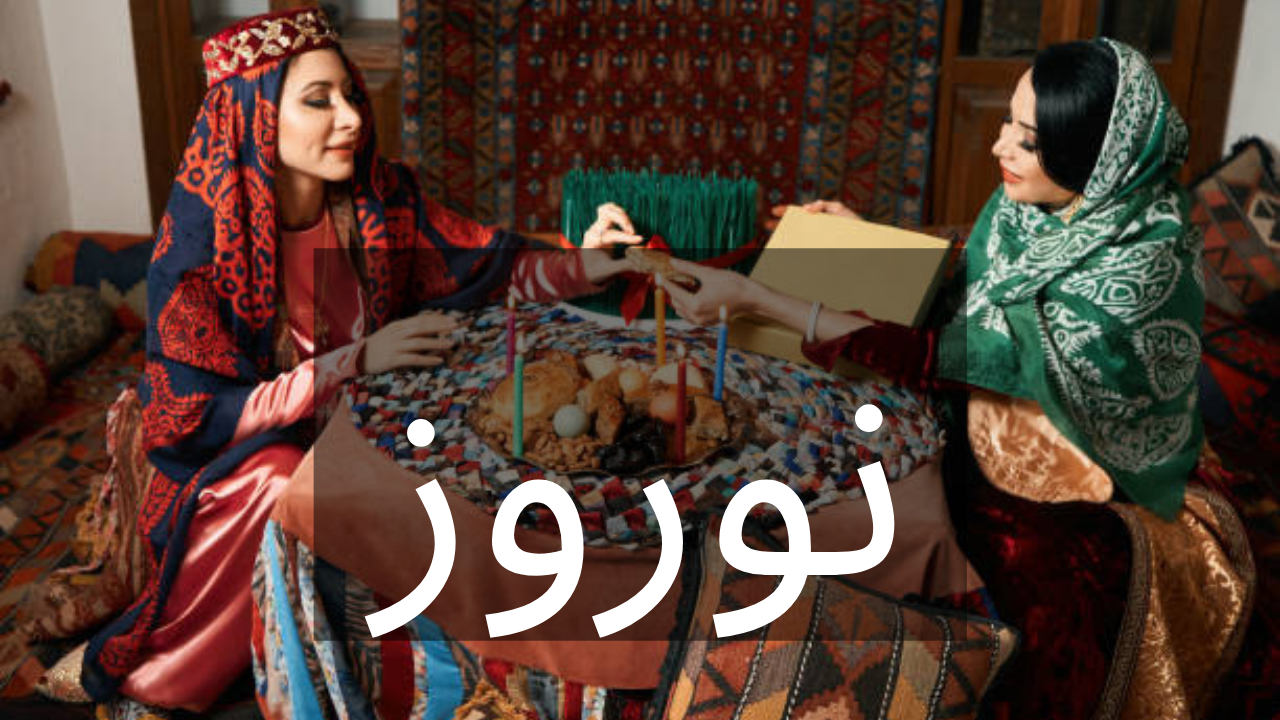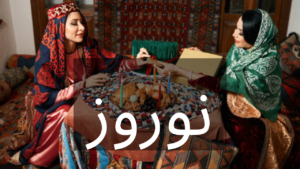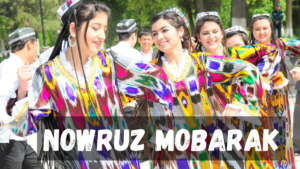
Nowruz Festival – Customs and Traditions

WHAT IS NOWRUZ
The word “Nowruz” is derived from two words: “now” means new and “ruz” means day. It is, also known as Persian New Year and marks the beginning of spring and the first day of the Persian calendar. It is celebrated by the people from diverse ethnic and religious backgrounds worldwide, mainly in Iran, but also in many other countries including Afghanistan, Azerbaijan, Tajikistan, and parts of Iraq, India, and Pakistan like Parachinar and Hazara Community in Balochistan.
Nowruz Customs and Traditions
Nowruz is observed on March 20th or 21st, but usually on the 21st of March. This festival is celebrated with a variety of customs and traditions, including the cleaning of houses, decorating the houses, preparation of tasty foods, exchange of precious gifts, and setting of a “Haft-Seen” table. “Haft-Seen” is the name of the special table of Nowruz. The table is decorated with seven symbolic items. Every item symbolizes something positive for the coming year. These items typically include items like senjed, sumac, serk, seeb, sir, samanu, and sabzeh, each representing a different symbol or hope for the New Year.
Senjed, which are dry fruits of the oleaster tree, symbolize love and affection. Sumac, which are crushed spice of berries, symbolizes sunrise and the spice of life. Serk, which is vinegar, symbolizes patience and age. Seeb, which is apples, symbolize health and beauty. Sir is garlic, which symbolizes good health. Similarly, samanu, which is wheat pudding, symbolizes fertility and the sweetness of life. Lastly, sabzeh is sprouted wheat grass which symbolizes rebirth and renewal of nature.

Nowruz is also a time for family gatherings, people come together to celebrate, dance, sing, and enjoy traditional food and music. It celebrates the richness and diversity of Persian and Central Asian culture and provides an opportunity for people to come together and to hope for a better future.
International Day of Nowruz
In 2010, the United Nations General Assembly proclaimed March 21st, the International Day of Nowruz. In the same year, UNESCO also recognized Nowruz as an Intangible Cultural Heritage of Humanity, to highlight its cultural and historical significance and promote its preservation and celebration. The International Day of Nowruz is an important recognition of cultural heritage as it provides an opportunity for people around the world to come together in a spirit of unity and respect.
Muhammad Amir Studied BS English with a specialization in Linguistics at the Department of English and Applied Linguistics.

